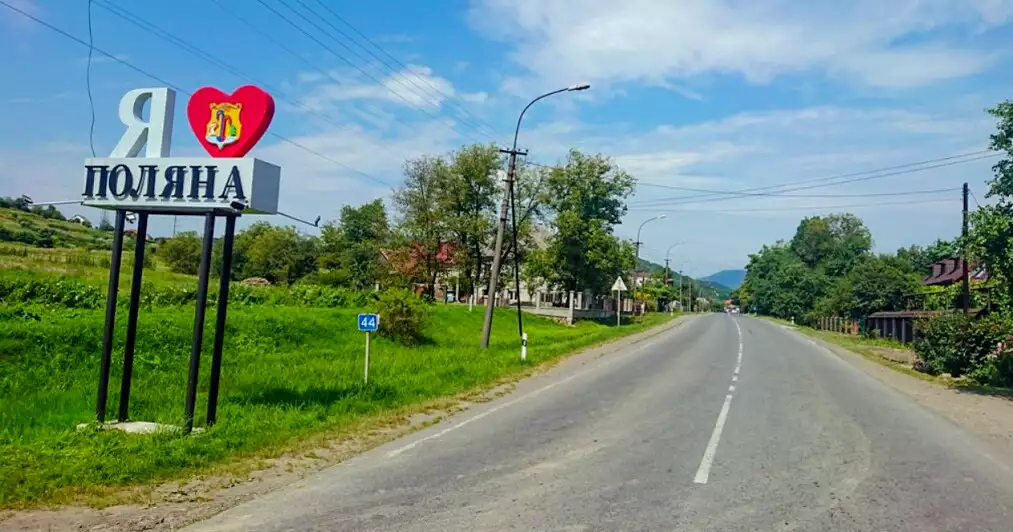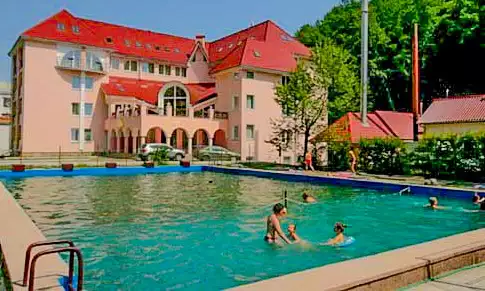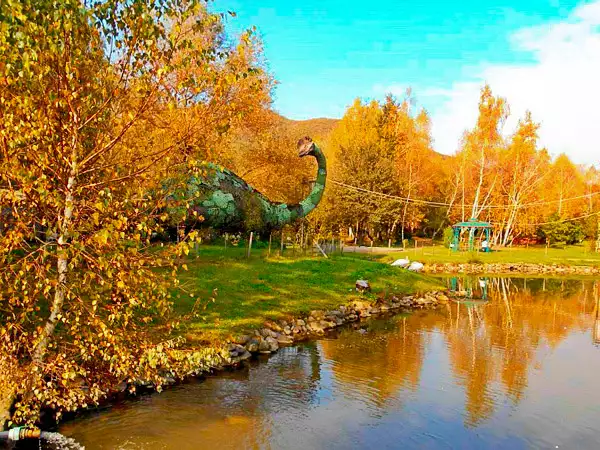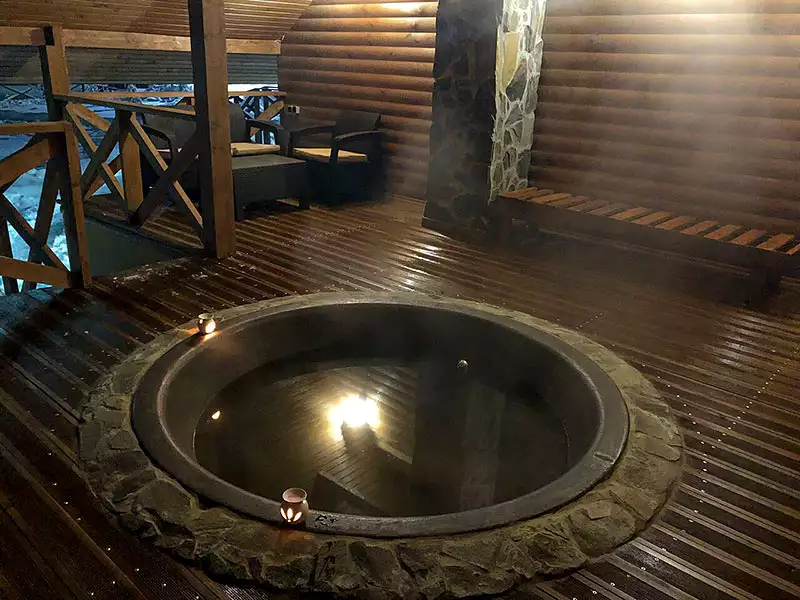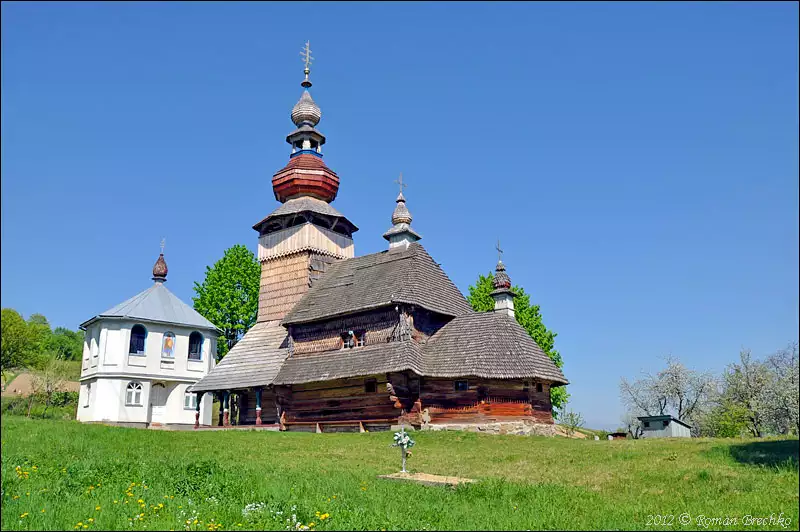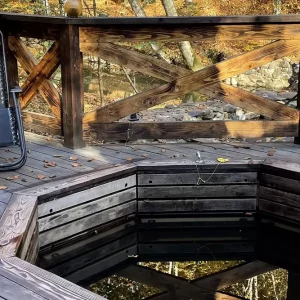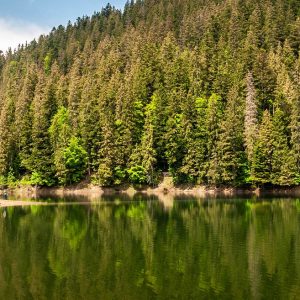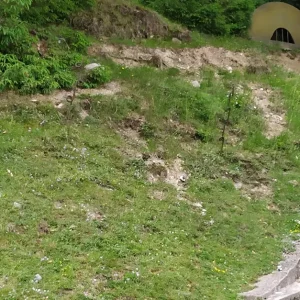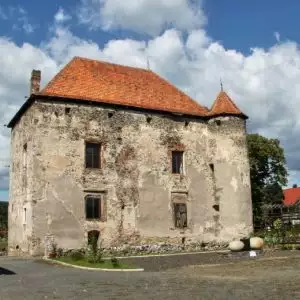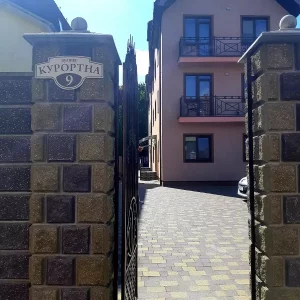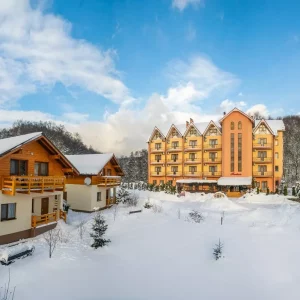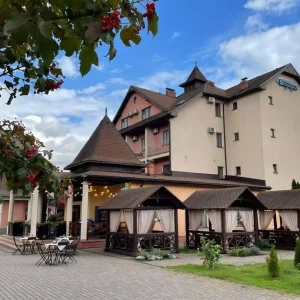Polyana can be proud of its ancient history. Archaeological antiquities found in Polyana date back to the 2nd millennium BC. In historical sources, the first data about the village date back to the 12th century. Then it was a small settlement of shepherds. In 1180, the Hungarian king Beyla II presented it to Boleslav Vatsovsky. In the 1240s, Polyana was destroyed by the Tatar-Mongol horde. Full restoration of life on these lands began only in the XV-XVI centuries, and only in 1548 can we talk about the final restoration of the settlement, but even in 1649 there were only 13 yards here. In 1463, Polyana mineral waters were mentioned for the first time in the deed of King Matyas.
In the 17th and 18th centuries, Polyana became one of the centers of the opryshk rebel movement. In 1703-1711, the inhabitants of the village took an active part in the Hungarian national liberation uprising of the Kuruts against the rule of the Austrian Habsburg Monarchy. After the defeat of the Kuruts, Polyana suffered yet another devastation.
In 1728, the village became the property of the Austrian magnate Schönborn-Buchheim.
Starting from 1848, the community of Polyana received the right to use its own seal, which depicts a mower with a scythe on his shoulder. The Schönborns made efforts to popularize local mineral water. Since the second half of the 19th century, thanks to the investments of the Shenborns, the village acquired three mineral water bottling workshops. Healing mineral water had two most famous brands – “Polyana Kvasova” and “Luzhanska”, which for their healing properties were repeatedly recognized with awards at international competitions.
The history of Polyana as a balneological resort began in 1868. It was then that the wooden sanatorium “Polyanska Kupil” was built on the banks of the Little Pina, which had 40 apartments and 20 bathroom cabins. Unfortunately, in 1907, the wooden sanatorium in Polyana burned down as a result of a fire. However, already in 1913, the restoration of the sanatorium began, and in the 1930s “Polyanska Kupil” became one of the most famous European resorts.
